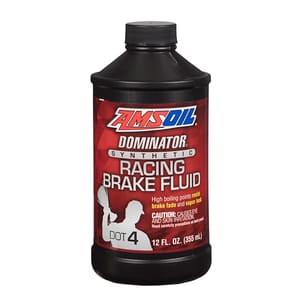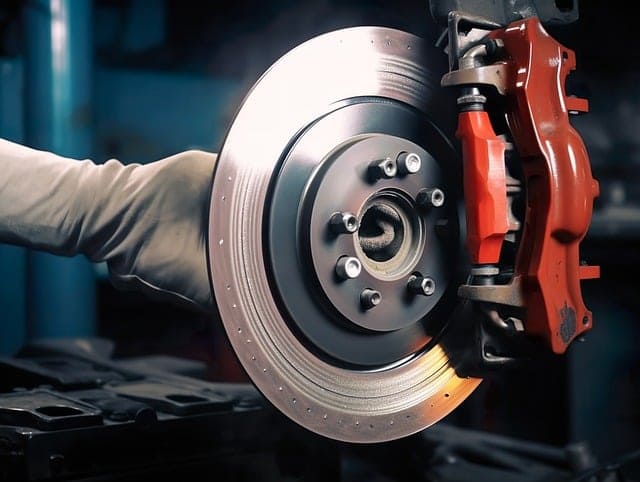When it comes to ensuring your vehicle operates safely and optimally, the type of brake fluid you use is a key element. Today, let’s dive into the differences between DOT 3 brake fluid vs DOT 4 and how these distinctions impact your driving experience.

Boiling Points Explained: Why They Matter
The primary difference between DOT 3 and DOT 4 brake fluids lies in their boiling points. DOT 3 fluid typically has a lower boiling point compared to DOT 4. This means that under high temperatures generated by intense braking, DOT 4 fluid withstands the heat better, preventing brake failure due to vapor lock—a condition where brake fluid vaporizes, leading to brake fade or failure. The fluid’s boiling point indicates the temperature at which the brake fluid vaporizes. The higher the DOT classification, the higher the boiling point, thus the better the fluid is at resisting heat. That’s why racers use DOT 4, not DOT 3, brake fluid.

Composition and Performance
DOT 3, the most commonly used brake fluid, and DOT 4, which is becoming more popular, especially in vehicles with advanced braking systems like anti-lock brakes (ABS) and traction control, both feature glycol-based compositions. However, DOT 4 includes additional additives that lower the viscosity for better performance under varying temperatures. Intense heat can vaporize brake fluid, causing it to become compressible, which leads to a spongy feeling when you apply the brakes.

Compatibility and Usage
It’s crucial to note that while DOT 3 and DOT 4 fluids are compatible with each other, it is generally advantageous to use DOT 4 if your vehicle experiences rigorous driving conditions due to its higher boiling point. On the other hand, DOT 5.1 is reserved for high-performance and heavy-duty applications, offering even higher boiling points.

Maintenance Tips: Keep Your Brakes Responsive
Since brake fluid absorbs moisture from the environment, which can degrade its performance over time, replacing your vehicle’s brake fluid periodically is crucial. For most passenger vehicles, changing the brake fluid every two years is recommended, and for racing vehicles, an annual change is prudent. This maintenance ensures that the brake system remains effective and safe, particularly in demanding conditions.

To wrap up, choosing the right brake fluid involves understanding the specific needs of your vehicle and driving conditions. Whether cruising on the highway or navigating steep inclines, your choice between DOT 3 brake fluid vs DOT 4 can make all the difference in safety and performance.
Stay safe and enjoy the drive!

